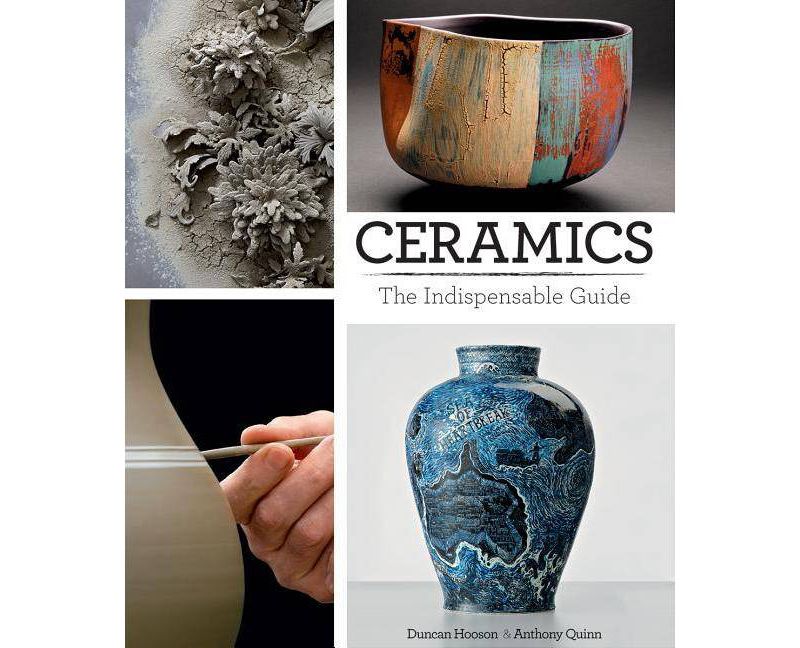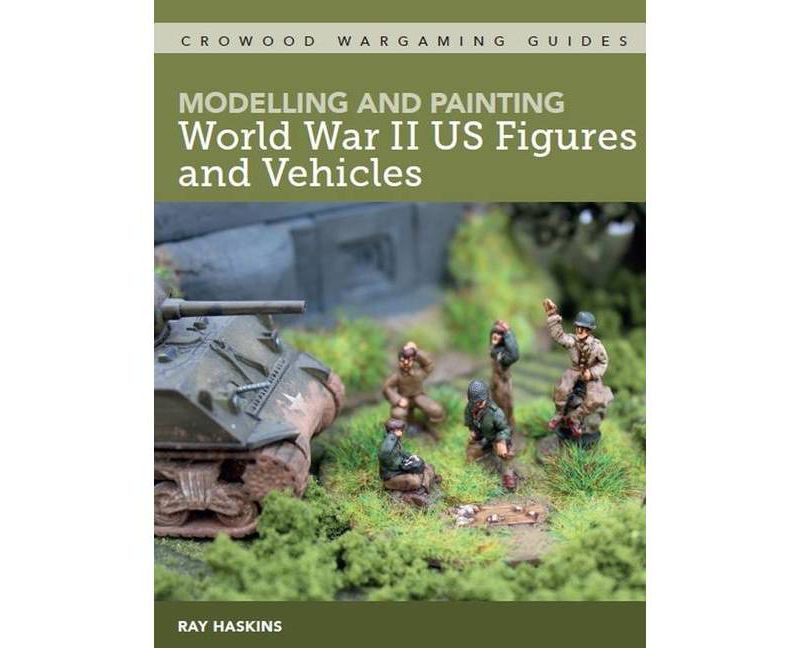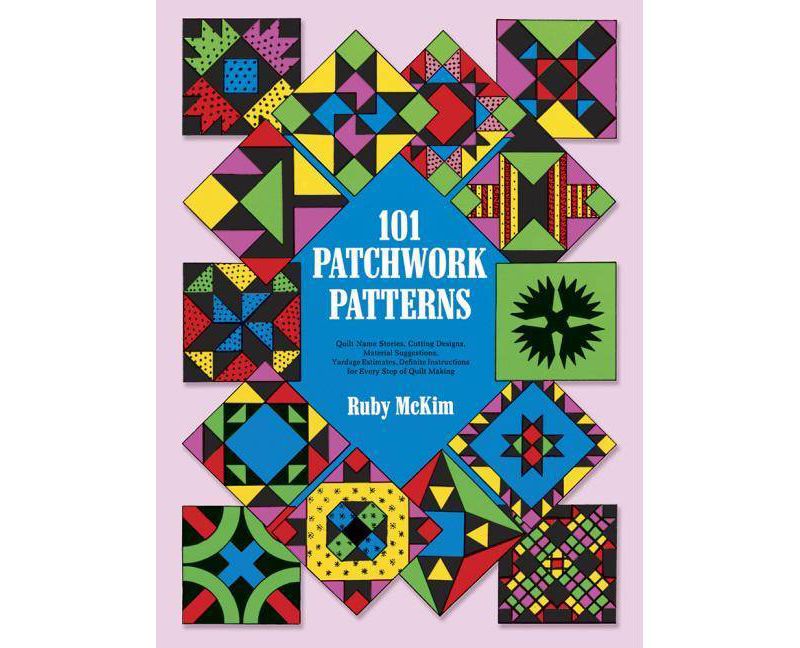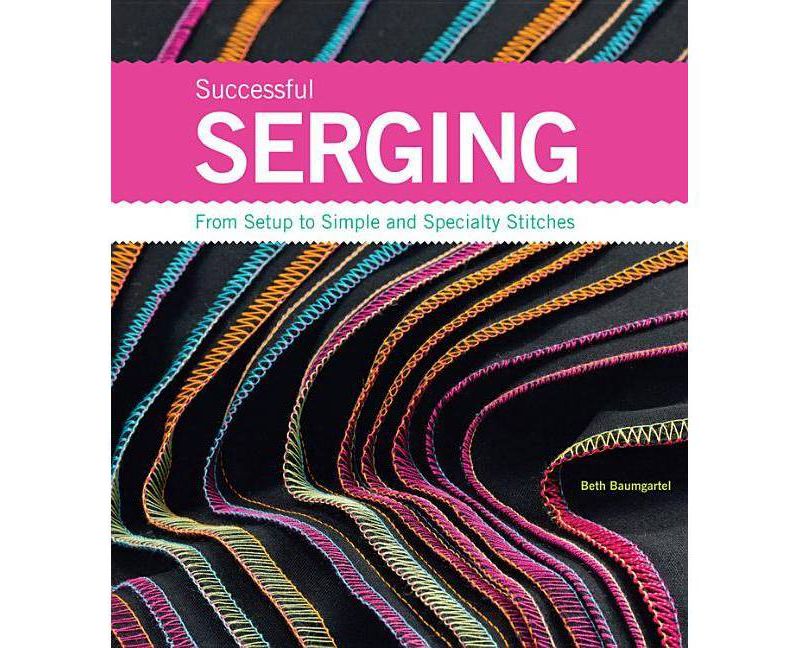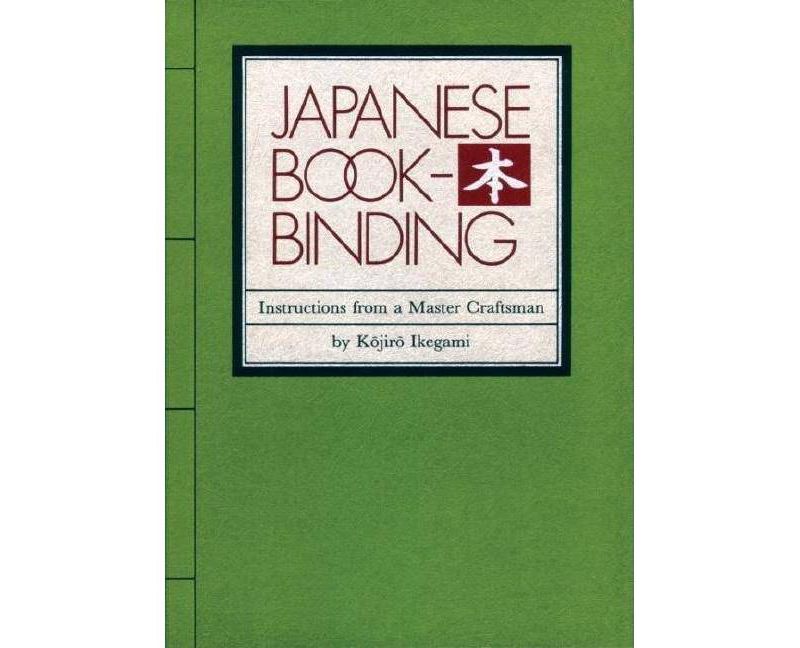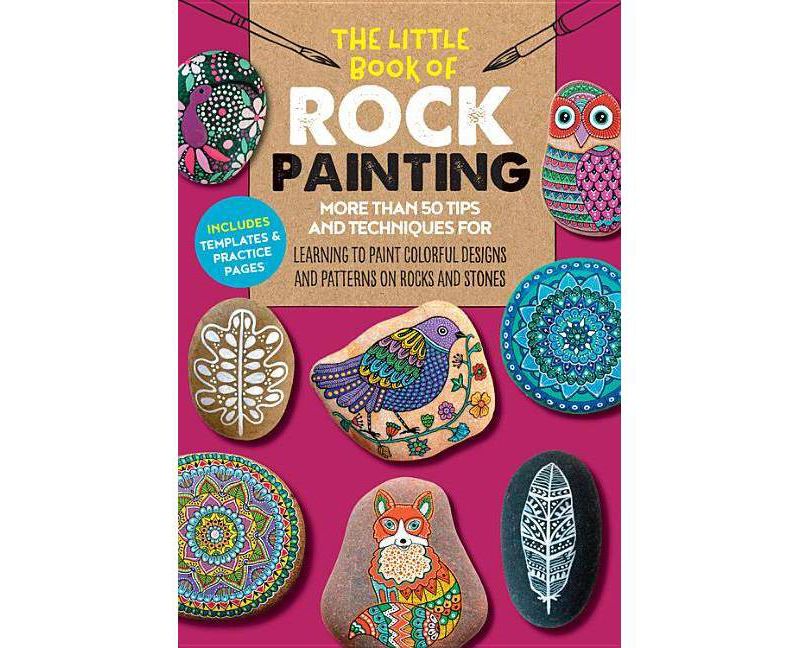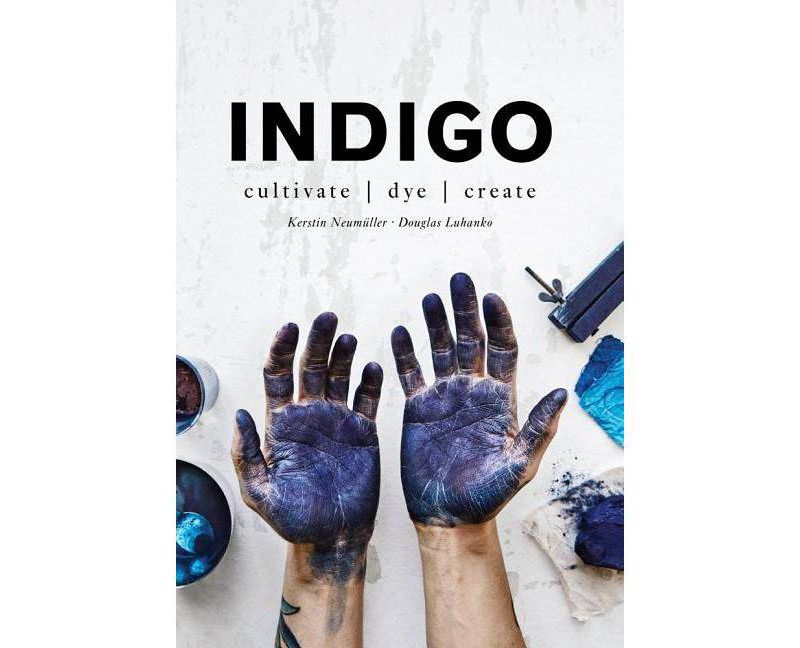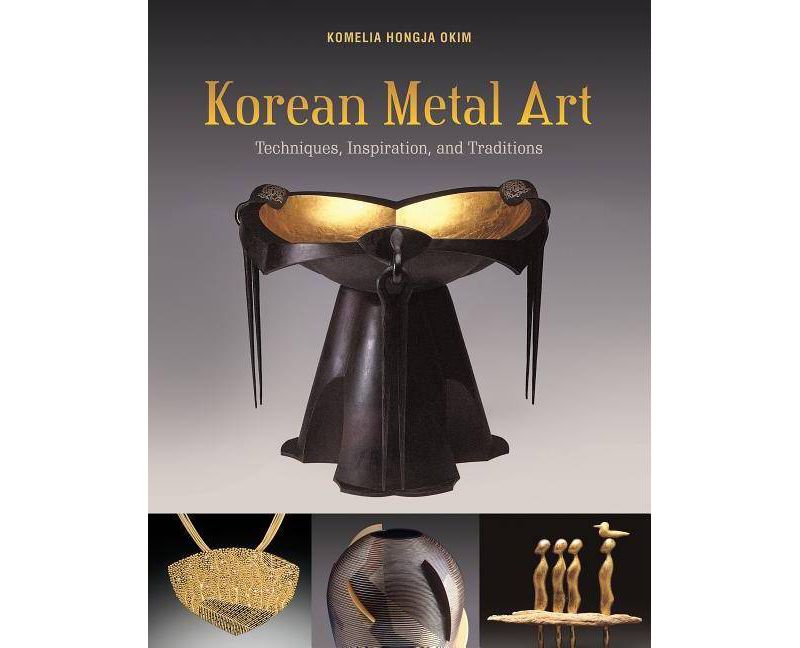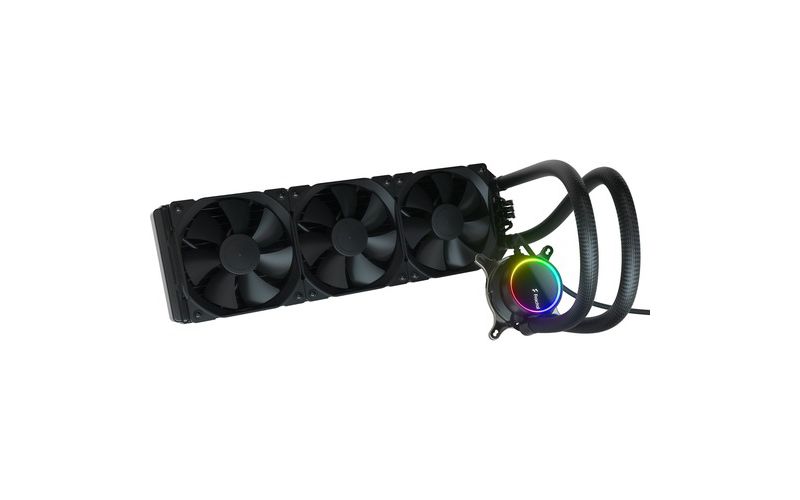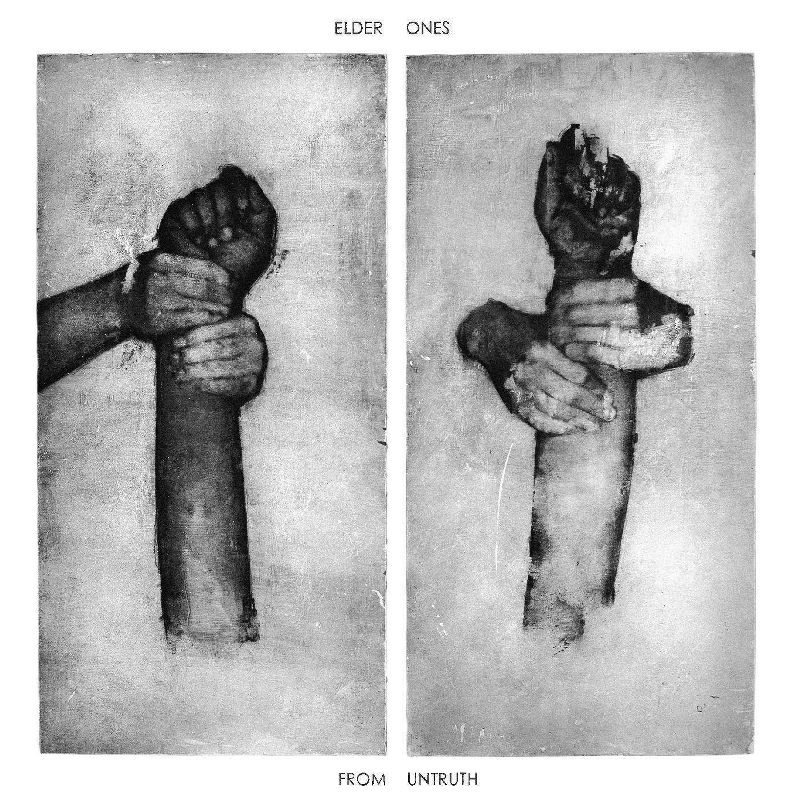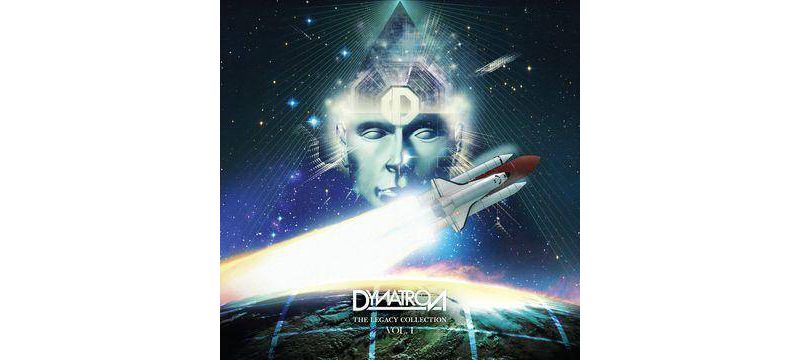Buy Miró Lithographs - (Dover Fine Art, History of Art) by Joan Miro (Paperback) in United States - Cartnear.com
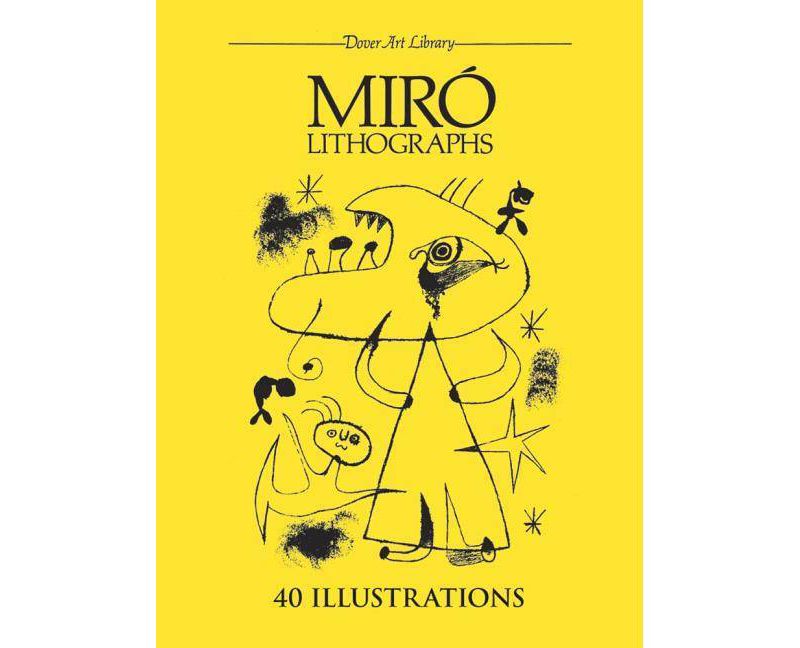
Miró Lithographs - (Dover Fine Art, History of Art) by Joan Miro (Paperback)
CTNR1630 09780486244372 CTNR1630$ 7.54 $ 7.69 2% Off
*Product availability is subject to suppliers inventory
SHIPPING ALL OVER UNITED STATES
100% MONEY BACK GUARANTEE
EASY 30 DAYSRETURNS & REFUNDS
24/7 CUSTOMER SUPPORT
TRUSTED AND SAFE WEBSITE
100% SECURE CHECKOUT
Genre: Crafts + Hobbies
Sub-Genre: Printmaking & Stamping
Series Title: Dover Fine Art, History of Art
Format: Paperback
Publisher: Dover Publications
Age Range: Adult
Author: Joan Miro
Language: English
About the Book
Forty important lithographic prints with line and composition comparable to the works of Miro's friend Picasso. Eerie, droll, technically brilliant, and aggressive.Book Synopsis
"As regards my means of expression, I try my hardest to achieve the maximum of clarity, power, and plastic aggressiveness; a physical sensation to begin with, followed up by an impact on the psyche." -- Miró
Miró's line recalls Picasso's in clarity and power; the Catalan's "plastic aggressiveness" led him, as it did his Andalusian friend, to bold, successful experiment and innovation in ceramics, sculpture and printmaking, especially lithography. The lithographic print medium suited and encouraged the artist's lifelong, often radical, obsession with stripping art to the marrow. The 40 plates reproduced here sample the pith of his lithographic production -- a series produced in 1944, full of the eerie images and droll distortion he had sought on canvas for decades.
"It's never easy for me to talk about my painting," wrote Miró, "since it is always born in a state of hallucination induced by some kind of shock, objective or subjective, for which I am not personally responsible in the least." Miró hallucinates on stone for these prints, filling them with monstrous beasts and one-eyed aliens adrift in a heaven of moons and stars and black nebulae, floating breasts and generative organs. These lithographs were executed shortly after finishing the famous "constellation" series of paintings (called by one critic "the most intricate, most elaborately developed of all Miró's compositions"), right around the time his mother died and he fired his first ceramics in collaboration with Artigas. Falling in a period of intense creative mingling of whimsy with the grotesque, these prints characterize an important juncture in Miró's career. They also enlarge the boundaries of lithographic technique as they simultaneously show Miró, now "stripped" of his brilliant colors, to be an equal master of black-and-white.
From the Back Cover
"As regards my means of expression, I try my hardest to achieve the maximum of clarity, power, and plastic aggressiveness; a physical sensation to begin with, followed up by an impact on the psyche."--Miró
Miró's line recalls Picasso's in clarity and power; the Catalan's "plastic aggressiveness" led him, as it did his Andalusian friend, to bold, successful experiment and innovation in ceramics, sculpture and printmaking, especially lithography. The lithographic print medium suited and encouraged the artist's lifelong, often radical, obsession with stripping art to the marrow. The 40 plates reproduced here sample the pith of his lithographic production--a series produced in 1944, full of the eerie images and droll distortion he had sought on canvas for decades.
"It's never easy for me to talk about my painting," wrote Miró, "since it is always born in a state of hallucination induced by some kind of shock, objective or subjective, for which I am not personally responsible in the least." Miró hallucinates on stone for these prints, filling them with monstrous beasts and one-eyed aliens adrift in a heaven of moons and stars and black nebulae, floating breasts and generative organs. These lithographs were executed shortly after finishing the famous "constellation" series of paintings (called by one critic "the most intricate, most elaborately developed of all Miró's compositions"), right around the time his mother died and he fired his first ceramics in collaboration with Artigas. Falling in a period of intense creative mingling of whimsy with the grotesque, these prints characterize an important juncture in Miró's career. They also enlarge the boundaries of lithographic technique as they simultaneously show Miró, now "stripped" of his brilliant colors, to be an equal master of black-and-white.

